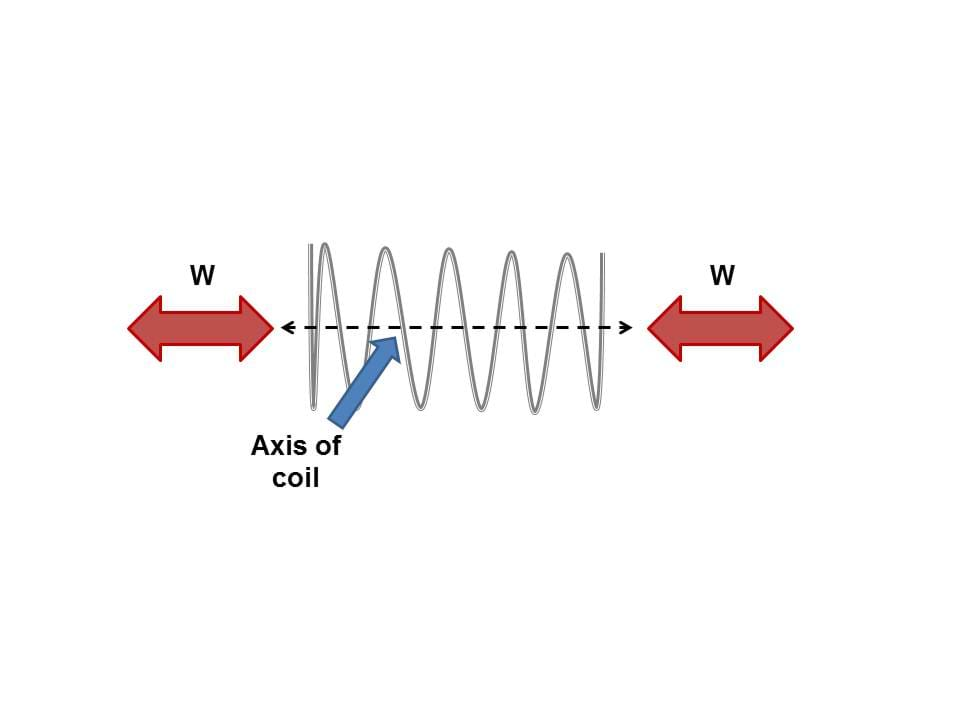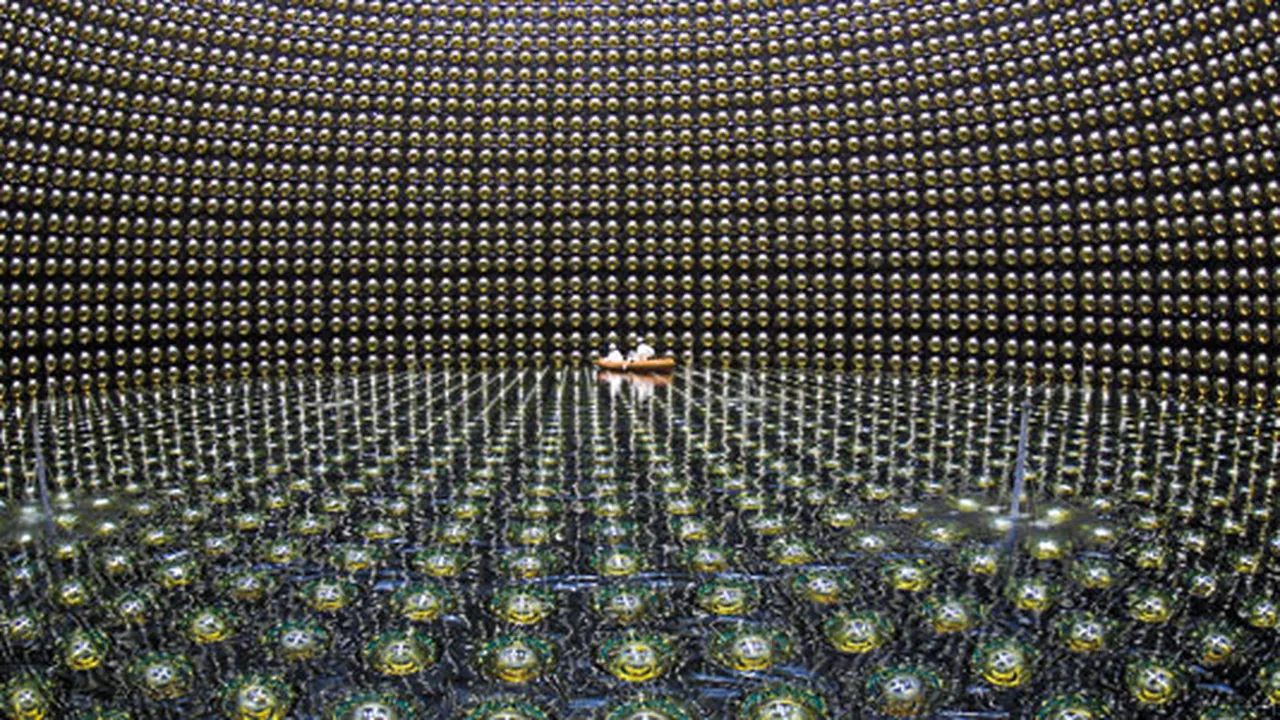zoomacademia – Spring force is a fundamental concept in physics, particularly in mechanics. It describes the force exerted by a spring when it is compressed or stretched. This force is governed by Hooke’s Law, which states that the force exerted by a spring is directly proportional to its displacement from its equilibrium position.
Hooke’s Law
Mathematically, Hooke’s Law can be expressed as:
F=−kxF = -kx
Where:
- FF is the spring force,
- kk is the spring constant (a measure of the stiffness of the spring),
- xx is the displacement from the spring’s equilibrium position.
The negative sign indicates that the force exerted by the spring acts in the opposite direction to the displacement. For instance, if a spring is compressed, the spring force pushes outward, and if it is stretched, the force pulls inward.
Characteristics of Spring Force
- Proportionality: The greater the displacement (either compression or extension), the greater the spring force. A stiffer spring (higher kk) will exert more force than a softer spring for the same displacement.
- Restoring Force: Spring force is a restoring force, meaning it always acts to return the spring to its equilibrium position. This property is essential in various applications, from simple mechanical systems to complex engineering designs.
- Potential Energy: When a spring is displaced, it stores potential energy. The potential energy (UU) stored in a spring can be calculated using the formula:
U=12kx2U = \frac{1}{2} k x^2
This energy is released when the spring returns to its equilibrium position.
Applications of Spring Force
Spring force is ubiquitous in everyday life and engineering:
- Mechanical Systems: Springs are used in various machines and vehicles to absorb shock, maintain tension, or provide resistance.
- Clocks: The mechanism of many clocks relies on the consistent force provided by springs to regulate movement.
- Toys: Many toys utilize springs for action and reaction, such as in wind-up mechanisms or bouncing actions.
- Medical Devices: Springs are used in various medical devices, including prosthetics and certain surgical tools, to provide necessary flexibility and support.
Conclusion
Spring force is a vital concept in physics and engineering, underlying many systems we encounter daily. By understanding how spring force works, we can appreciate the role of springs in technology, nature, and everyday applications. Whether in simple toys or complex machinery, the principles of spring force play a critical role in the functionality and design of numerous devices.







